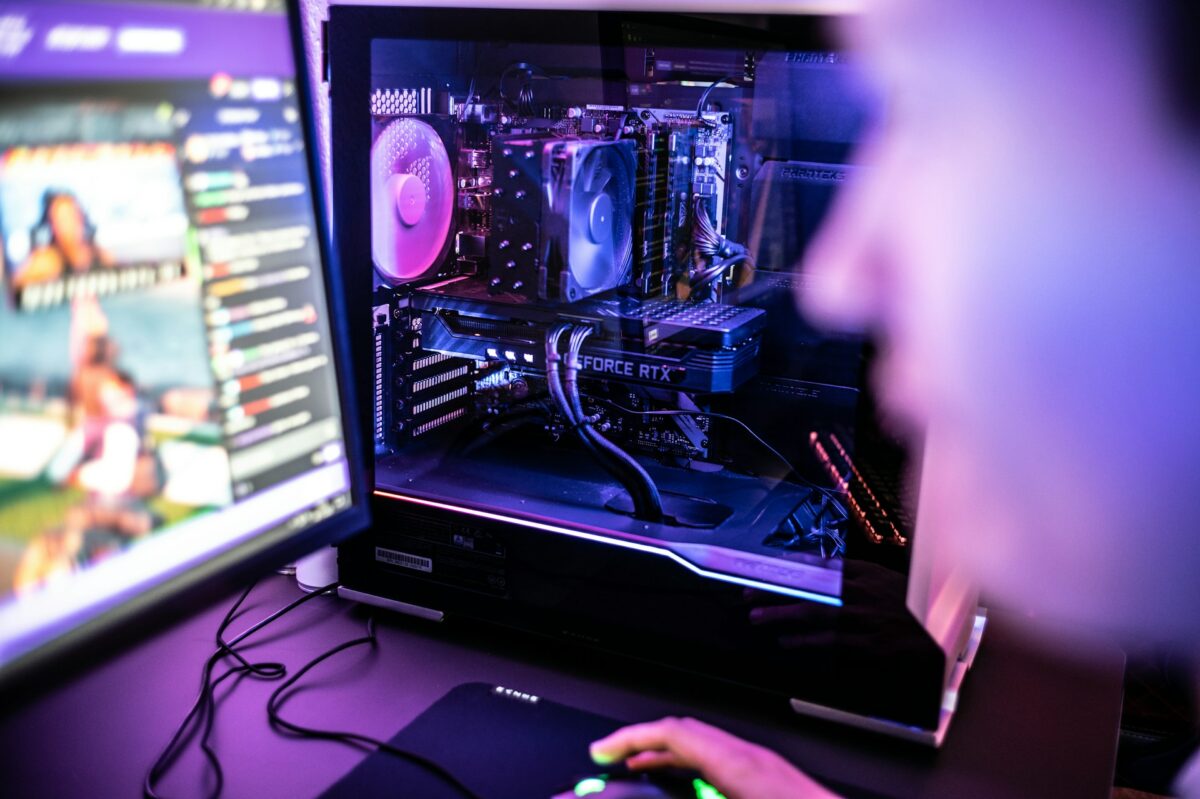How to Master the Pen Tool in Photoshop Without Getting Overwhelmed
The Pen Tool is one of the most powerful capabilities in Photoshop, but it is also one of the most misunderstood. A great number of novices launch the application, choose the Pen Tool, and immediately experience a sense of defeat due to the program’s accuracy and intricacy. On the other hand, underneath that first annoyance lurks one of the most gratifying tools for the creation of faultless choices, smooth pathways, and magnificent vector forms. Once you have a firm grasp on how it really works, it will seem like second nature to you, and it will become an essential component of professional picture editing and design.
Acquiring an Understanding of the Pen Tool’s Actual Functions
The Pen Tool may be used for more than simply “drawing lines.” It is a tool for creating paths that gives you total control over the curves and edges that you design. Instead of painting pixels, it produces vector lines that may be modified indefinitely without compromising the quality of the image. This is in contrast to brushes and lasso selections. Later on, you will have the ability to transform those routes into selections, masks, or forms, which will provide you the flexibility to tweak your work with very precise precision.
The rationale behind the implementation of the Pen Tool is what makes it so appealing: each click adds a point, and each line that connects those points becomes a portion of a route. As soon as you get this under your belt, you will begin to realize how straightforward and mathematical the procedure truly is.
Anchor Points and Support Handles Make Up the Foundation
Anchor points are the foundation upon which you build every curve and straight line that you draw using the Pen Tool. These points serve as control markers that determine the beginning and ending points of your line as well as the direction in which it changes. When you click, a corner point is created in the document. Creating a smooth point with handles that determine the shape and flow of the curve is accomplished by clicking and dragging the mouse.
What determines how sharply or softly the curve bends is controlled by the direction handles. When you move one of the handles, the curvature on that side of the anchor point goes through a change. You will have total creative control over the path’s direction, flow, and rhythm if you are able to ensure that these handles are balanced.
Prior to navigating curves, begin with straight paths.
When first starting out, one of the most common errors that new users make is diving headfirst into complicated curves. Instead, you should begin with straight pathways. Work your way around basic geometric forms such as rectangles, stars, or other things that have distinct edges. You will have a better understanding of anchor placement and route continuity with this activity, without having to immediately give attention to curves.
Begin incorporating gentle bends after you have reached a point where you are confident in establishing and closing straight pathways. In the event that you have established that foundation, the change from straight lines to smooth routes will seem completely natural.
Clicking and dragging is the key to creating smooth curves.
The appearance of curves might be scary, yet they adhere to principles that are predictable. The direction handles that define the curve are created by Photoshop whenever you click and drag anywhere on the screen. The handle’s length determines the degree of gradualness of the curve. Through the practice of controlled drags, you will acquire the ability to anticipate the configuration of your curves before you even let go of the mouse button.
Patience is the most important word for beginners. In a single attempt, you should not attempt to trace a whole complicated object. Work on each curve individually, piece by segment, until you feel that it is just perfect.
Making Changes to the Course Without Beginning Again
It is a frequent misunderstanding that in order to correct errors committed using the Pen Tool, one must begin from the very beginning. Within the realm of reality, the Direct Selection Tool (A) allows for the modification of each and every point, curve, and handle at any given moment. It is possible to adjust anchor points, change handle lengths, and even reconfigure whole curves without losing any of the work you have made thanks to this feature.
Converting irritation into flexibility is the result of learning to alter pathways in this manner. This time, rather than erasing and redrawing, you start sculpting your work with precision, much like an artist would when they are working with clay.
In the process of converting points, from sharp to smooth
You have full control over the behavior of anchor points when you use Photoshop. Through the use of the Convert Point Tool, it is possible to convert a corner into a curve or an opposite. The usage of this function is particularly beneficial in situations when your route has both acute angles and rounded areas, such as when you are tracing the form of a human face or an automobile.
Maintaining visual uniformity is another benefit that comes from converting points. As an example, if you find that a particular segment of your route is too stiff, you may transform its corners into smooth points and then carefully draw out the handles until the curve flows in a natural manner.
Bring together the Masks and Selections tools with the Pen Tool.
“Make Selection” or “Create Vector Mask” are two options that are available to you when you right-click after your route has been completed. Your route is transformed into a useful design tool as a result of this. It doesn’t matter whether you’re isolating a topic, combining photos, or constructing bespoke shapes; this stage will translate your exact approach into something that is visually practical.
When it comes to compositing and retouching, this approach is relied on by a large number of pros since routes provide results that are cleaner and more accurate than freehand choices.
To have easier control, make use of the Curvature Pen Tool.
In the event that you are new to vector drawing, the Curvature Pen Tool in Photoshop might be of assistance in easing the learning curve. By automatically smoothing curves depending on where you position your points, it eliminates the need to manually move handles. Although it is possible to return to the standard Pen Tool at a later time for more complex editing, this version is designed to assist novices in developing their intuitive understanding of how curves work.
Please take your time and zoom in.
Focusing on the specifics is the key to becoming an expert with the Pen Tool. While you are tracing, ensure that you zoom in on your picture and do not hurry the placement of your anchors. The overall form is affected by even the smallest of adjustments; thus, it is preferable to build fewer points that are more purposeful rather than to overpopulate your route with anchors that are difficult to handle in the future.
Practicing on Actual Photographs
After you have gained a basic understanding of the fundamentals, you should practice by tracing genuine subjects, such as photographs of products, portraits, or daily items. Beginning with clearly defined edges, such as those seen on bottles or signs, gradually go toward more organic shapes, such as the folds of hair or cloth. Through the completion of each project, you will learn how to modify the Pen Tool to accommodate a variety of forms, lighting, and textures.
Avoiding the Most Frequent Errors
Many novices make the mistake of overusing anchor points, which results in curves that are lumpy and uneven. Another common problem is that the handles are dragged too far, which results in arcs that are exaggerated. Always keep in mind that restriction is the key to accuracy, and that every anchor need to have a distinct function. By positioning them in the areas where the curve naturally changes direction, you can make your routes seem more polished and professional.
Developing Self-Assurance Through Repeated Instances
Memorization is not the focus of The Pen Tool; rather, it is the focus of muscle memory. It will become more natural to utilize as you continue to make use of it. You should schedule 10 minutes of your time each day to trace arbitrary forms, logos, or items. After some time has passed, you will no longer be concerned with figuring out how to use the instrument; instead, it will seem like an extension of your hand.
Some Closing Reflections: Moving from Frustration to Flow
Mastering the Pen Tool in Photoshop is not something that can be accomplished quickly; nevertheless, once you get its logic, it becomes far less intimidating. Imagine learning to write with a calligraphy pen rather of a pencil. This is how it really works. When you first begin, every movement seems deliberate and hesitant; yet, as you continue to practice, it eventually becomes flowing, elegant, and very meaningful.
When you reach that stage, the Pen Tool goes from being a cause of aggravation to being one of the most powerful creative devices that Photoshop has to offer.


